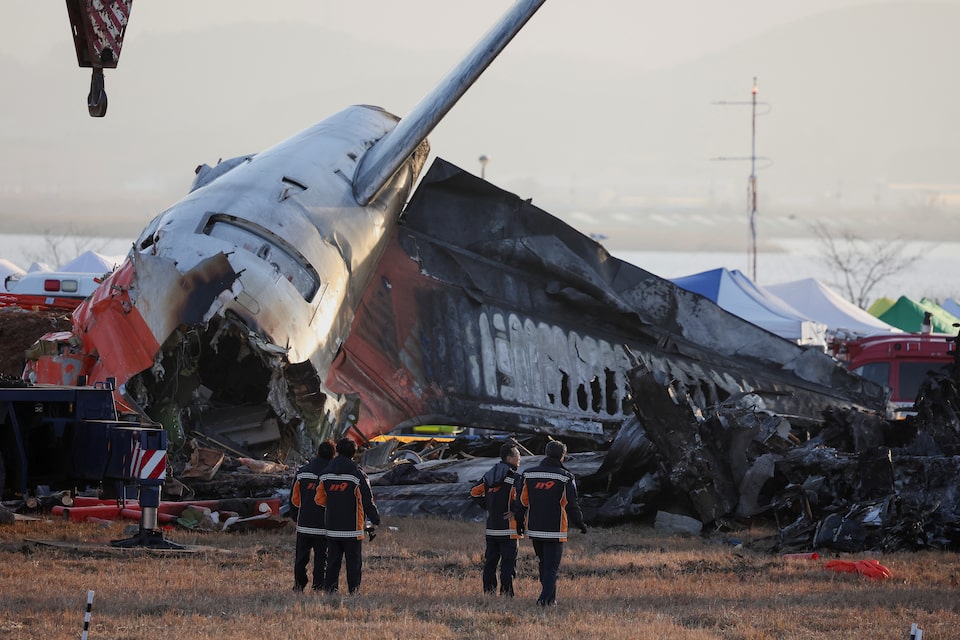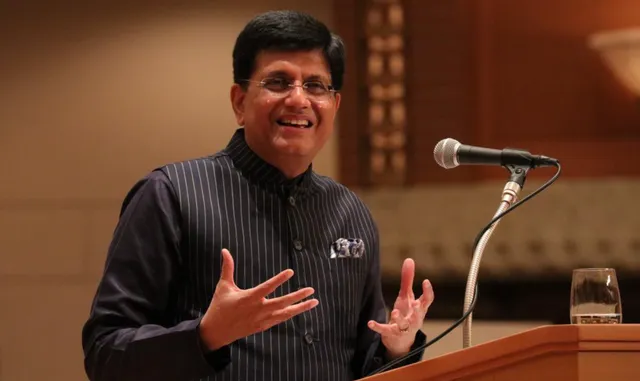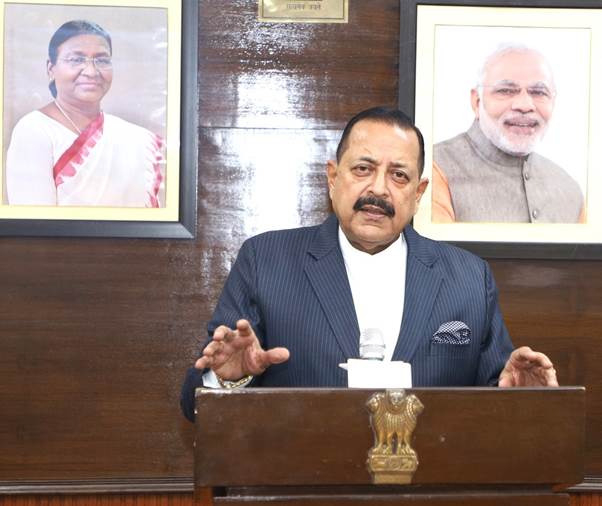- Authorities working to identify the remaining victims from the Sunday crash
- Investigators examine bird strikes, control systems, and pilot actions
- Experts criticise runway design, citing the proximity of embankment
SEOUL, Dec 31 (Reuters) – Investigations into what caused the crash of a Jeju Air jet ramped up on Tuesday as police rushed to identify victims and as families of those killed in South Korea’s deadliest domestic air accident pressed authorities for more information.
The National Police Agency said it is making all-out efforts by adding personnel and rapid DNA analysers to hasten the identification of the five bodies still unidentified as of Tuesday.
Family members gathered at the country’s Muan International Airport, where the crash occurred, have pushed for faster identification and more information from authorities.
All 175 passengers and four of the six crew were killed when a Jeju Air (089590.KS), Boeing (BA.N), 737-800 belly-landed and skidded off the end of the runway, erupting in a fireball as it slammed into a wall. Two crew members were pulled out alive.
South Korea’s acting President Choi Sang-mok on Monday ordered an emergency safety inspection of the country’s entire airline operation as investigators sought to find out what caused the deadliest air disaster on South Korean soil.
The Transportation Ministry said a “Black Box” flight recorder recovered from the crash site was missing a key connector and authorities were reviewing how to extract its data.
Inspections of all 101 B737-800s operated by South Korean airlines was scheduled to be completed by Jan. 3, while the airport would now remain closed until Jan. 7, the Transport Ministry added.
Representatives from the U.S. National Transportation Safety Board (NTSB), Federal Aviation Administration, and aircraft manufacturer Boeing have joined the investigative body.
The NTSB said in a statement it sent three investigators including people with specialties in operational factors and airworthiness to South Korea to assist the investigation.
“If we need more specialists we will send them,” board chair Jennifer Homendy said in an interview.
QUESTIONS ABOUT EMBANKMENT
Investigators are examining bird strikes, whether any of the aircraft’s control systems were disabled, and the apparent rush by the pilots to attempt a landing soon after declaring an emergency as possible factors in the crash, fire and transportation officials have said.
Officials have also faced pointed questions about design features at the airport, particularly a large dirt-and-concrete embankment near the end of the runway used to support navigation equipment.
The plane slammed into the embankment at high speed and erupted into a fireball. Bodies and body parts were thrown into surrounding fields and most of the aircraft disintegrated in flames.
“Unfortunately, that thing was the reason that everybody got killed because they literally hit a concrete structure,” Captain Ross “Rusty” Aimer, the CEO of Aero Consulting Experts, told Reuters. “It shouldn’t have been there.”
Transport Ministry officials said most South Korean airports were built based on International Civil Aviation Organization rules that recommend a 240 metre (262 yard) runway end safety area, though a domestic law allows adjusting the location of some installations within a range that does not “significantly affect the performance of the facility”.
“But we’ll look into whether there are any conflicts in our own regulations, and conduct an additional review of our airport safety standards,” Kim Hong-rak, director general for airport and air navigation facilities policy, told a briefing. The U.S. Federal Aviation Authority uses different standards, Kim added.
John Cox, CEO of Safety Operating Systems and former 737 pilot, said the runway design “absolutely (did) not” meet industry best practices, which preclude any hard structure like a berm within at least 300 metres (330 yards) of the runway’s end.
The airport’s concrete berm appears to be less than half that distance from the end of the pavement, according to Reuters’ analysis of satellite images.
South Korean officials have said it is about 250 metres (273 yards) from the end of the runway itself, though a paved apron extends past that.
The plane appeared in video footage to be slowing down and in control when it went off the runway, Cox said. “When it hits that berm is when it turns into tragedy.”
Reporting by Hyonhee Shin, Jihoon Lee, Joyce Lee, Hyunjoo Jin and Hyunsu Yim in Seoul, Dan Catchpole in Seattle and David Shepardson in Washington; Writing by Josh Smith; Editing by Tom Hogue, Lincoln Feast and Michael Perry







